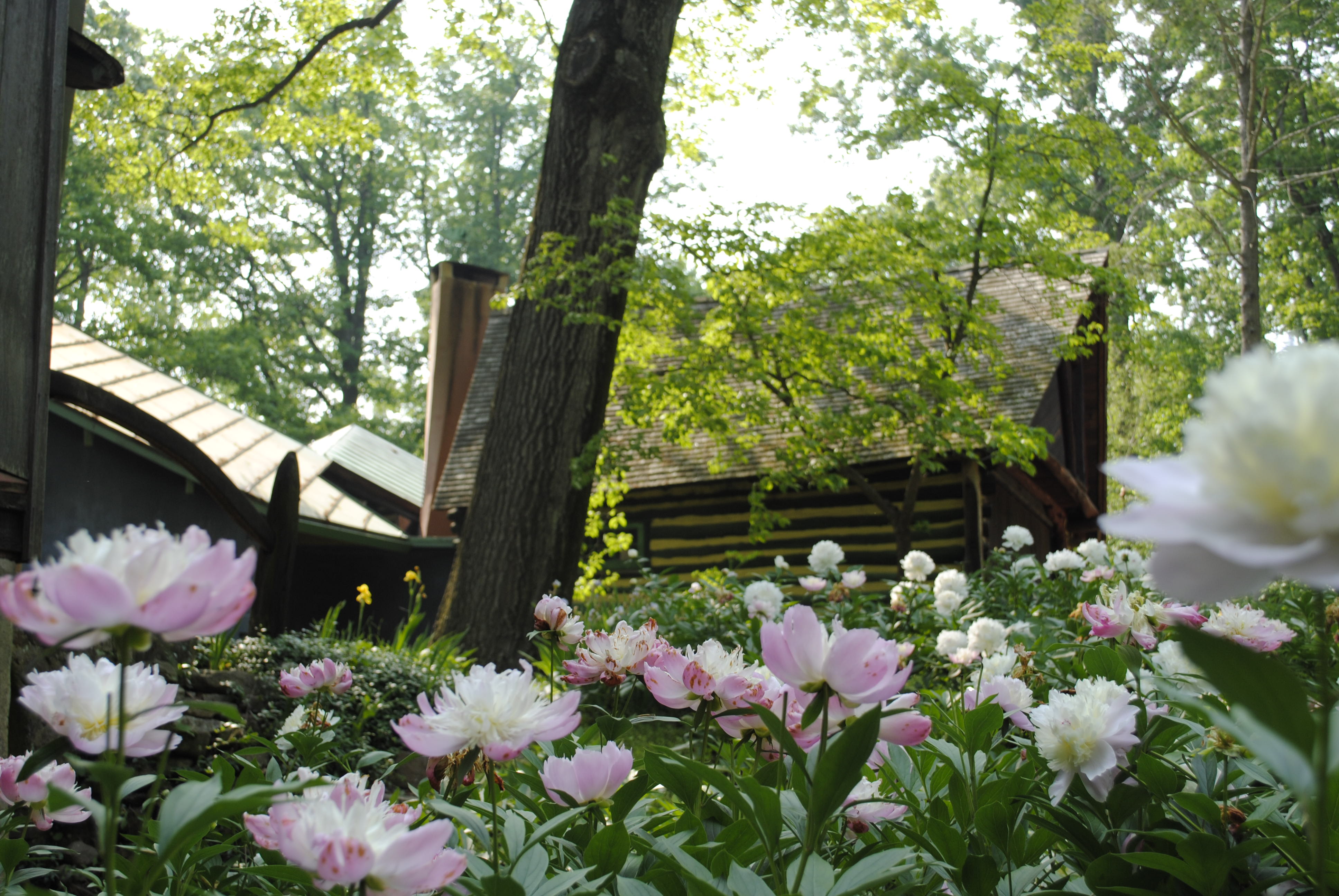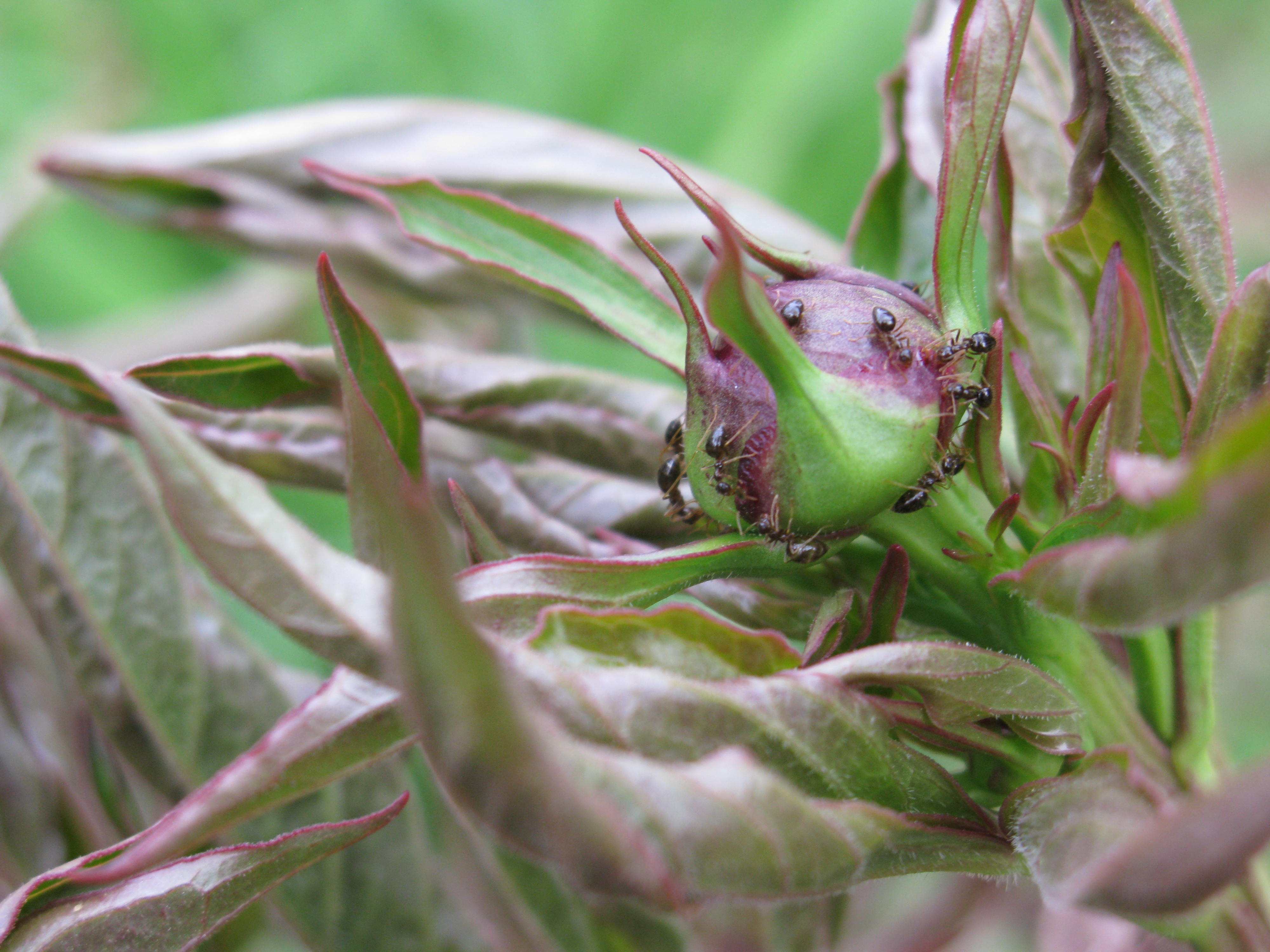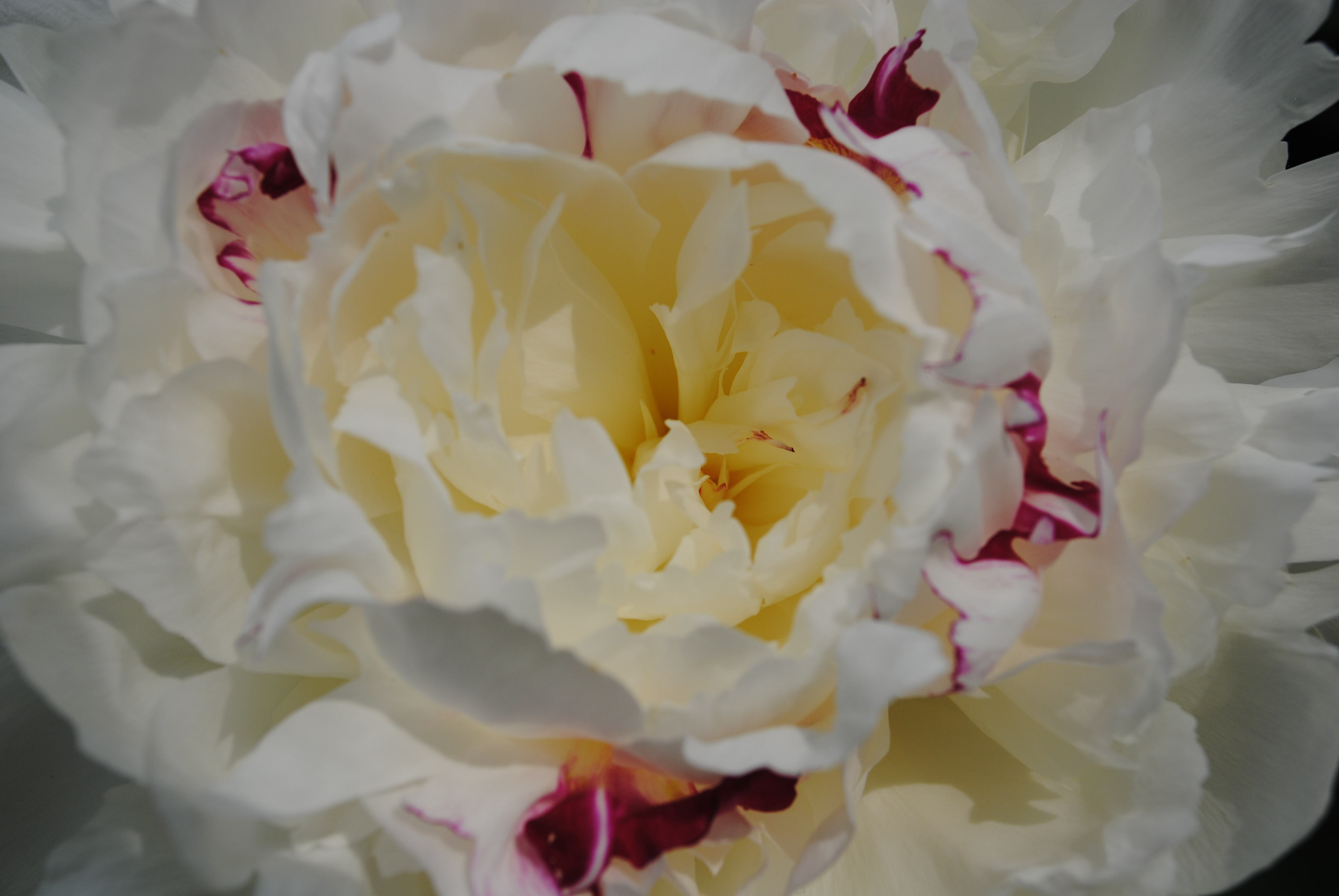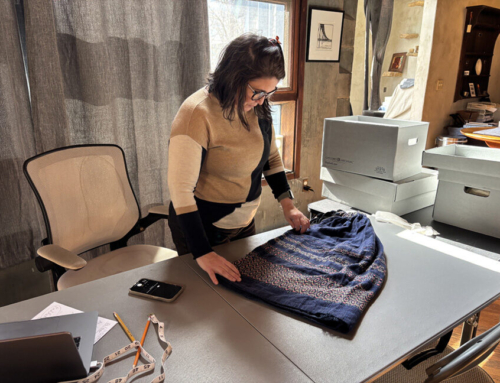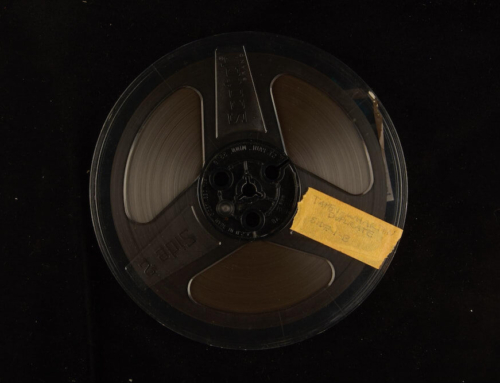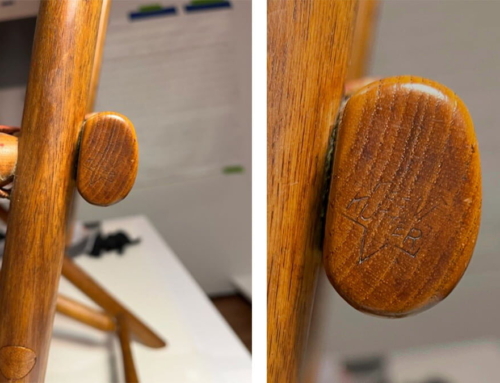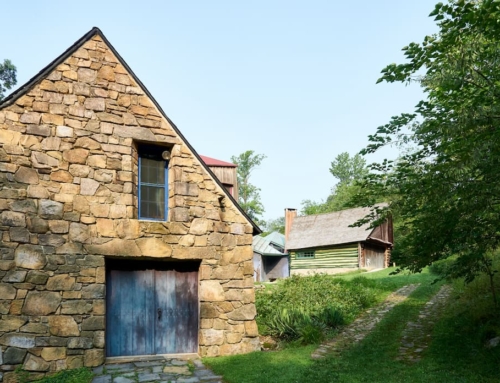One of the eagerly anticipated annual events at the Studio is the blooming of Wharton’s peony garden. Each year in late April and early May the peony shoots start their grand entrance and the anticipation begins. Within a few weeks the garden in front of the Studio is full of lush peony blooms of white, pink, yellow and magenta.
Like everything else in Wharton’s world, the peonies have a story. These peonies are “antique peonies”, meaning they have grown from a lineage of peony roots started in the 1800s. When Wharton and Letty first moved to Sunekrest (pronounced “sunny crest”) Letty had planned an extensive garden that would feed them while Wharton painted away with hopes of supporting his new family with his art. When his paintings failed to sell as well as he’d like, Letty began to look for other opportunities to support her family. Letty’s Uncle was selling his home and offered his antique peonies to Letty who saw them as an opportunity for an income. Letty, who was pregnant with their second child at the time, could easily remain at home with their daughter Mary cultivating and selling these pretty blooms; providing for and spending time with her family all at once.
Wharton set out to expand the garden. He “put Old Tom [the horse] to work plowing and harrowing the lower lawn, about half an acre, and the large peony plants were divided and planted in rows four feet apart so weeds could be removed by a horse drawn cultivator.”[1] Letty kept a ledger for her gardens that included garden plots, as well as orders and a list of clients. Her list of clients included Bryn Mawr College for their graduation ceremonies, the Red Cross, Mary Esherick, Henry Poor and local florists. There are over 30 different varieties of peonies and according to her garden ledger, Letty was growing 12 of them in her gardens at Sunekrest. The list below was taken from her ledger:
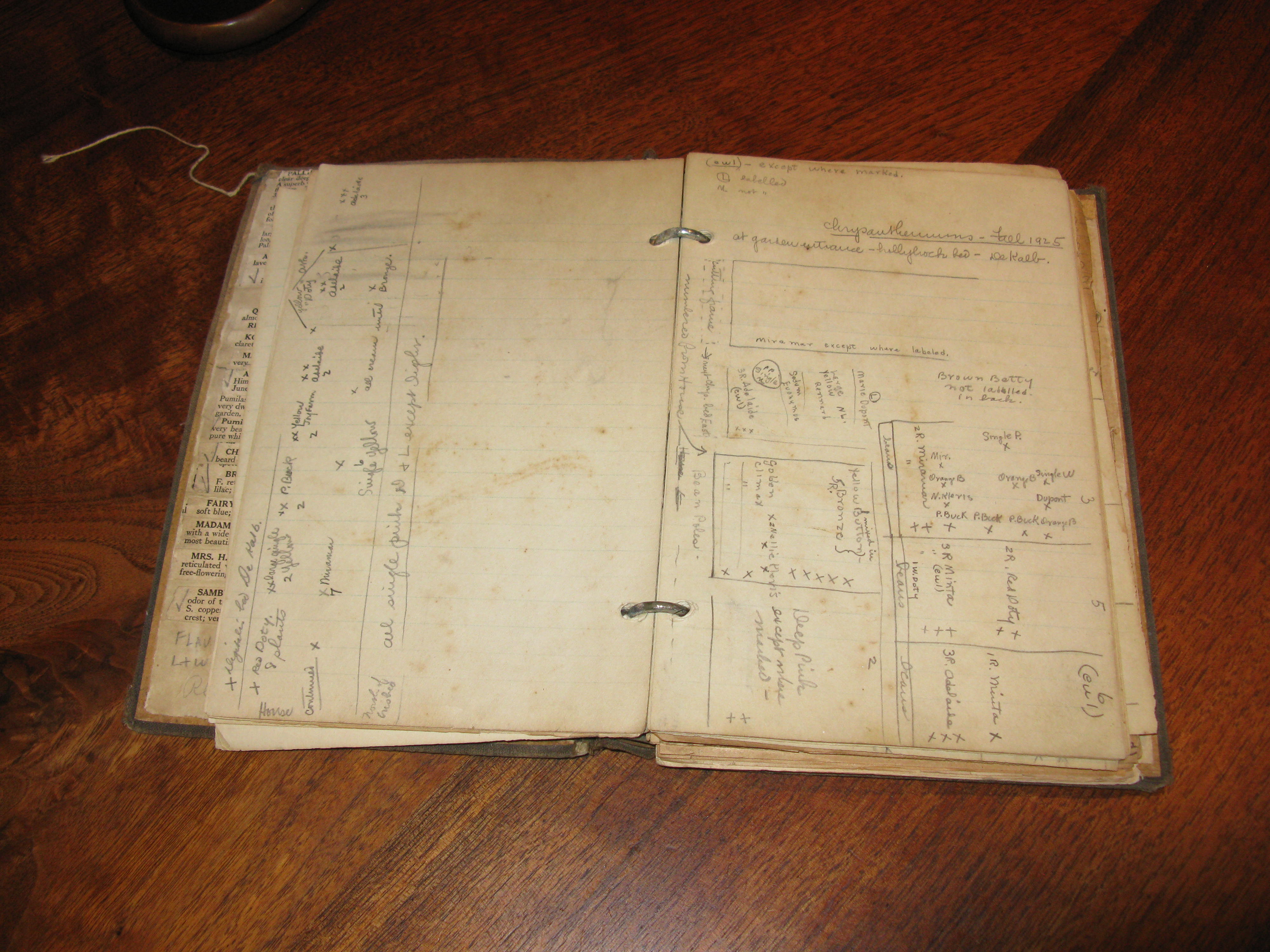
Letty’s garden ledger. Here she recorded the varieties of flowers she grew, diagrammed garden plots and recorded her customers and their orders. Photo: The Wharton Esherick Museum
| Peony | Price |
|---|---|
| Festiva maxima | $0.50 |
| Felix Crousse | $0.50 |
| Edulis superba | $0.50 |
| Augustin d’Hour | $0.75 |
| Madame Forel | $0.50 |
| Queen of May | $1.00 |
| Madame Calot | $0.50 |
| Murrella | $0.50 |
| Duc de Nemours | $0.75 |
| Marchioness of Lansdown | $1.50 |
| White Marchioness | $0.75 |
| Madame me Lemoinier | $0.75 |
Ruth Esherick has many fond memories of her mother’s peony garden. Taking inspiration from neighborhood children’s lemonade stands, she decided to have a peony stand at the end of her driveway on Diamond Rock Road. She set up a table and brought out the flowers. In those days, Diamond Rock Road was unpaved and there were very few houses in the area, but lack of potential customers did not stop her and she manned her roadside stand all afternoon. “I don’t think I had a single customer all day!” she said. As a very young child, Ruth also recalls seeing her parents “bud” the peonies, which involves plucking off the smaller buds on each peony stalk to produce a fuller bloom for the largest bud and to keep the plants from getting too heavy. Eager to assist, Ruth went into the peony field and began plucking off any bud she saw and later proudly presented her parents with several handfuls of peony buds but leaving several dozen peony plants flowerless.
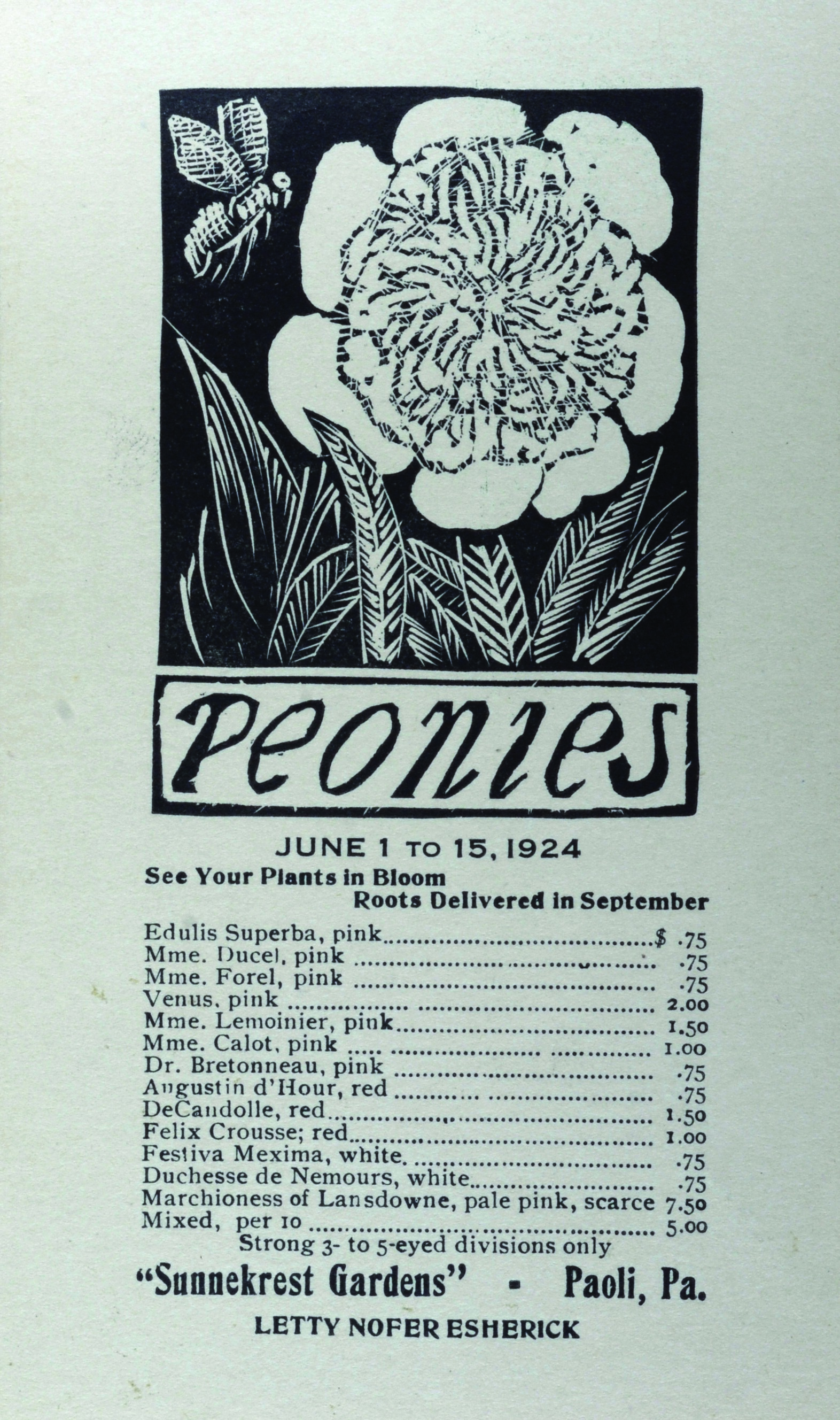
Wharton Esherick’s 1924 wood engraving “Peonies” was used on an advertisement for peony roots from Sunnekrest Gardens
Peonies are a hearty flower. Their buds start out as very tight little balls that produce a very sweet nectar –a favorite for local ants! The buds start out small and grow to about the size of a shooter marble, then the petals emerge and form blooms that average between 4 and 5 inches in diameter. Peonies are propagated from their roots which can be split and separated to expand the number of peony plants in a garden. This video will show you how to split peony roots, or if you’d rather just enjoy the blooms, Martha Stuart shares her tips here on throwing your very own peony party.
We hope that you’ll spend some time on the mountain this May when the peonies are out in full force adding their luscious colors and fragrance to Wharton’s studio.
For more information on peonies, please visit the links below:
American Peony Society: Everything you could ever want to know about peonies, and some wonderful pictures.
Care of Peonies: From GardenGuides.com. Lots of helpful tips for caring for your peony garden.
Paeonia: A Dutch Company offering a huge array of peonies, lots of great pictures. Be sure to switch the language from Dutch to English!
Post by Laura Heemer
[1] Mansfield Bascom, Wharton Esherick: Journey of a Creative Mind. Abrams, New York 2010

